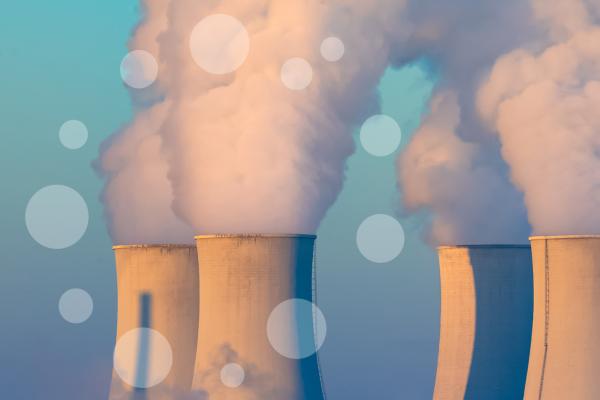For the safe long-term operation of current nuclear reactors and the next generation of nuclear power plants, service lives of 60 years are envisaged. In combination with higher burn-up, and high temperatures corrosive coolant environments, this requires innovative solutions and surveillance concepts for materials and components that are not fully covered by existing design codes and material testing standards. With its dedicated material testing infrastructures, the JRC contributes to closing this technology gap through pre-normative R&D of codes and standards.
In many EU member states, safe nuclear energy generation will continue to provide an important contribution to the security and competitiveness of low carbon energy supply. With a time horizon up to 2050, the Sustainable Nuclear Energy Technology Platform (SNETP) has developed a Strategic Research Agenda and a Deployment Strategy, consisting of three pillars: 1) plant life management and license extension of present and new-built evolutionary light water reactors; 2) development of innovative fast neutron reactors with closed fuel cycles; and 3) non-electric applications, primarily high temperature reactors for process heat and co-generation.
Noting that materials are key enablers for nuclear technology, the JRC supports policies and innovation to ensure safe, sustainable, secure and economic nuclear energy production by exploiting state-of-the-art research infrastructures like the Structural Materials Performance Assessment (SMPA) laboratory at JRC Petten, for the performance and reliability characterisation of materials and components. In particular, the JRC contributes to the development of harmonised material testing practices and agreed design codes and standards in support of nuclear safety.
The pre-normative R&D activities comprise of advanced thermo-mechanical, corrosion and irradiation resistance, and safety performance assessment of structural materials, including joints/welds taking into account high temperature coolant compatibility and long-term operation. Moreover, the development of codes-of-practice for non-standard miniaturised specimen testing and environmental testing, inspection procedures and data management tools support the safe operation of nuclear installations in Europe.


